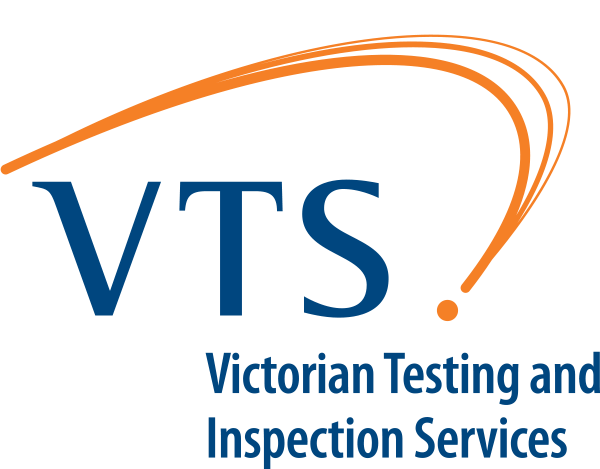VTS can identify any unknown metallic material by utilising various destructive and non-destructive tests. Material identification is required for selection of consumables to weld a given type of steel, to sort unknown or mixed materials or to ensure correct material has been used for a specific purpose.
SERVICES INCLUDE:
Alloy Analysis (XRF)
X-ray fluorescence technology (XRF) provides one of the simplest, most accurate and most economic analytical methods for the determination of the chemical composition of many types of materials. It is non-destructive and reliable, requires no, or very little, sample preparation and is suitable for most metallic materials. VTS employ the latest alloy analysis machines using XRF technology for accurate material identification.
Hardness Testing
The hardness of a material is its resistance to plastic deformation, usually by indentation. However, the term may also refer to stiffness or temper or to resistance to scratching, abrasion, or cutting. It is the property of a metal, which gives it the ability to resist being permanently, deformed (bent, broken, or have its shape changed), when a load is applied. The greater the hardness of the metal, the greater resistance it has to deformation.
VTS are able to conduct all common methods of hardness tests as well as onsite portable hardness testing.
Tensile Testing
Tensile testing, also known as tension testing is a fundamental materials science test in which a sample is subjected to uniaxial tension until failure. The results from the test are commonly used to select a material for an application, material identification, quality control, material certification and to predict how a material will react under other types of forces.
The test process involves placing the test specimen in the mechanical testing machine and applying tension to it until it fractures. During the application of tension, the elongation of the gauge section is recorded against the applied force. The data is manipulated so that it is not specific to the geometry of the test sample. The elongation measurement is used to calculate the engineering strain.
Other data that is obtainable from the tensile test include yield stress, reduction of area after fracture and elongation.
VTS can perform tensile testing from as high as 100 tons and read accurately to as low as 1 gram-force.


